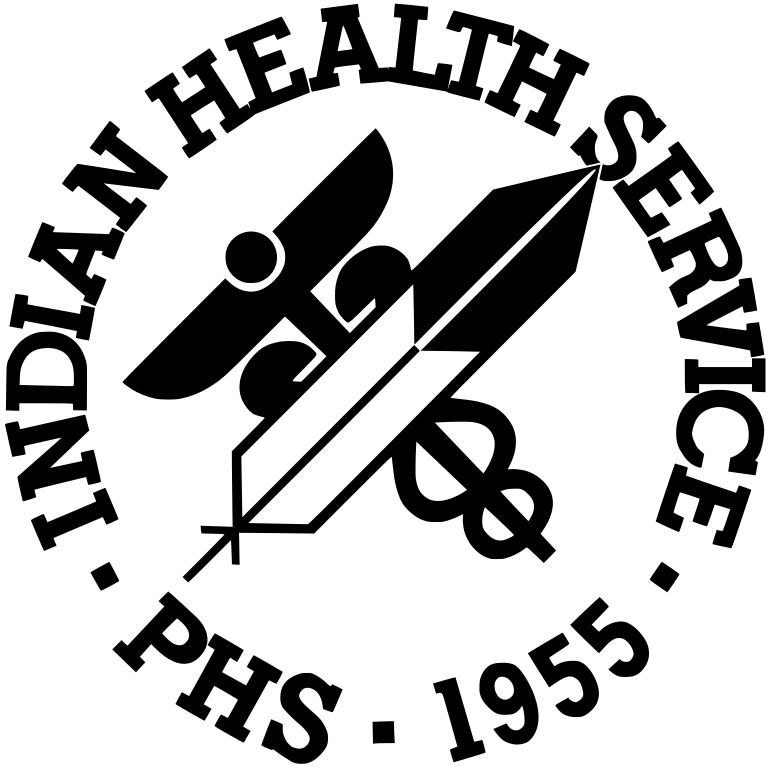COIPP Frequently Asked Questions
A: Visit the Federal Register website. The "Document Details" section has a print option.
A: While construction is not an allowable cost, alteration and renovation (A&R) is allowable. A&R must be consistent with the following criteria and documentation requirements::
- The building has a useful life consistent with program purposes and is architecturally and structurally suitable for conversion to the type of space required.
- The A&R is essential to the purpose of the grant-supported project or program.
- The space involved will be occupied by the project or program.
- The space is suitable for human occupancy before A&R work is started, except where the purpose of the A&R is to make the space suitable for some purpose other than human occupancy, such as storage.
- For minor A&R, if the space is rented, evidence is provided that the terms of the lease are compatible with the A&R proposed and cover the duration of the period of performance.
A: Yes. Vivitrol is a brand name for Naltrexone.
A: Yes. The ideal outcome is to increase MOUD providers throughout American Indian and Alaska Native (AI/AN) communities, especially in rural areas. However, training can also include non-MOUD providers such as behavioral health providers, law enforcement, and community members to increase knowledge and encourage collaboration between providers and non-providers to increase access to treatment for those impacted by opioid misuse.
A: The COIPP can service both families and individuals. The intent is to promote family engagement. At the center of AI/AN values lies the family, and we encourage applicants to include families, including extended family, of those impacted by opioid misuse.
A: Yes. Examples from the COIPP pilot project (2021-2024), as well as successes and challenges, are highlighted in the yearly aggregate reports are located on our Grantee Summaries page.
A: Yes. This project is to increase access to treatment for those impacted by opioid misuse. You can also expand on your current program.
A: Can I subcontract for withdrawal management services? A: Subcontracts are allowed as long as they are within the scope of work. The subcontract would need to be included in the proposal.
A: Yes. As long as the traditional healer provides services within the project's scope.
A: Yes. If the position is an integral part of the project, the salary can come from the COIPP project funds.
A: Yes. Funds may be used for fentanyl and/or xylazine test strips.
A: Yes. Food is allowed for purchase, with a restricted limit of $10,000. The budget limit of $10,000 for food allocation is for the full five years of the program, not $10,000 annually for five years.
A: Yes, as long as you include the required objectives. You may use COIPP funds towards Contingency Management (CM), which is an evidence-based treatment that provides motivational incentives to treat individuals living with substance use disorder and support their path to recovery. There is a limit on how much money may be used per person and guidance regarding what is not an allowable purchase. Please check with the COIPP Project Officer for details.
A: Vehicle purchase requests are evaluated on a case-by-case basis. The purchase request will be evaluated on factors including (but not limited to): cost and justification for the vehicle; how the vehicle relates to the scope of work; the grant work that will be accomplished with the vehicle; providing IHS with three (3) bids from three different car dealerships; and providing a cost comparison of leasing vs. purchasing a vehicle. Vehicle leasing is allowable if it is more economical.
A: Yes, as long as you address the required objectives.
A: Yes. Yes, and these are the rules that apply:
- Incentives cannot exceed the value of $30 per item.
- MasterCard/Visa gift cards are considered cash and are not allowable.
- Gift cards or passes to places such as movie theaters, skating rinks, museums, concerts, and amusement parks are not allowable as this is considered "Entertainment."
- All incentives must clearly relate to the COIPP program/activities, such as providing participants with exercise garments or water bottles to encourage participation in an Opioid Prevention Walk/Run.
- Read the IHS Grant Programs Incentives Policy for information about incentives.
A: The proposed program must meet the purposes of the grant, which is to serve the AI/AN community in addressing the opioid crisis in AI/AN communities by doing the following: first, developing and expanding community education and awareness of prevention, treatment, and recovery activities for opioid misuse and opioid use disorder; second, increasing knowledge and use of traditionally appropriate interventions and to encourage an increased use of medications for opioid use disorder (MOUD); third, supporting Tribal and Urban Indian communities in their effort to provide prevention, treatment, and recovery services to address the impact of the opioid crisis; and fourth, increase risk management within their communities.
If your site is a Tribe or Tribal organization that serves non-AI/AN people, your site would not be prohibited from using some grant funding to serve non-AI/AN people, as long as the overall program still conforms to the purposes of the grant. A grant program proposing to serve a majority of non-AI/ANs would likely not meet these purposes. The Indian Health Care Improvement Act (IHCIA), the cornerstone legal authority for providing health care to American Indians and Alaska Natives, was made permanent when President Obama signed the bill on March 23, 2010, as part of the Patient Protection and Affordable Care Act. The IHCIA section 813 is titled Health Services for Ineligible Persons. Here is a link to the IHCIA.
The authority for IHS to provide funding to Urban Indian Organizations (UIOs) is more restrictive, and grant awards to UIOs should only be used for eligible urban Indians. The UIOs are generally not permitted to use IHS funding to serve non-AI/AN people, and therefore, the grant program should be similarly restricted.
A: Yes, you can use the same username and password. Once you are in the portal, you will need to go to the COIPP site. The portal site can be saved in your Internet browser favorites. For COIPP, use this portal page with a purple navigation bar at the top of the screen.


